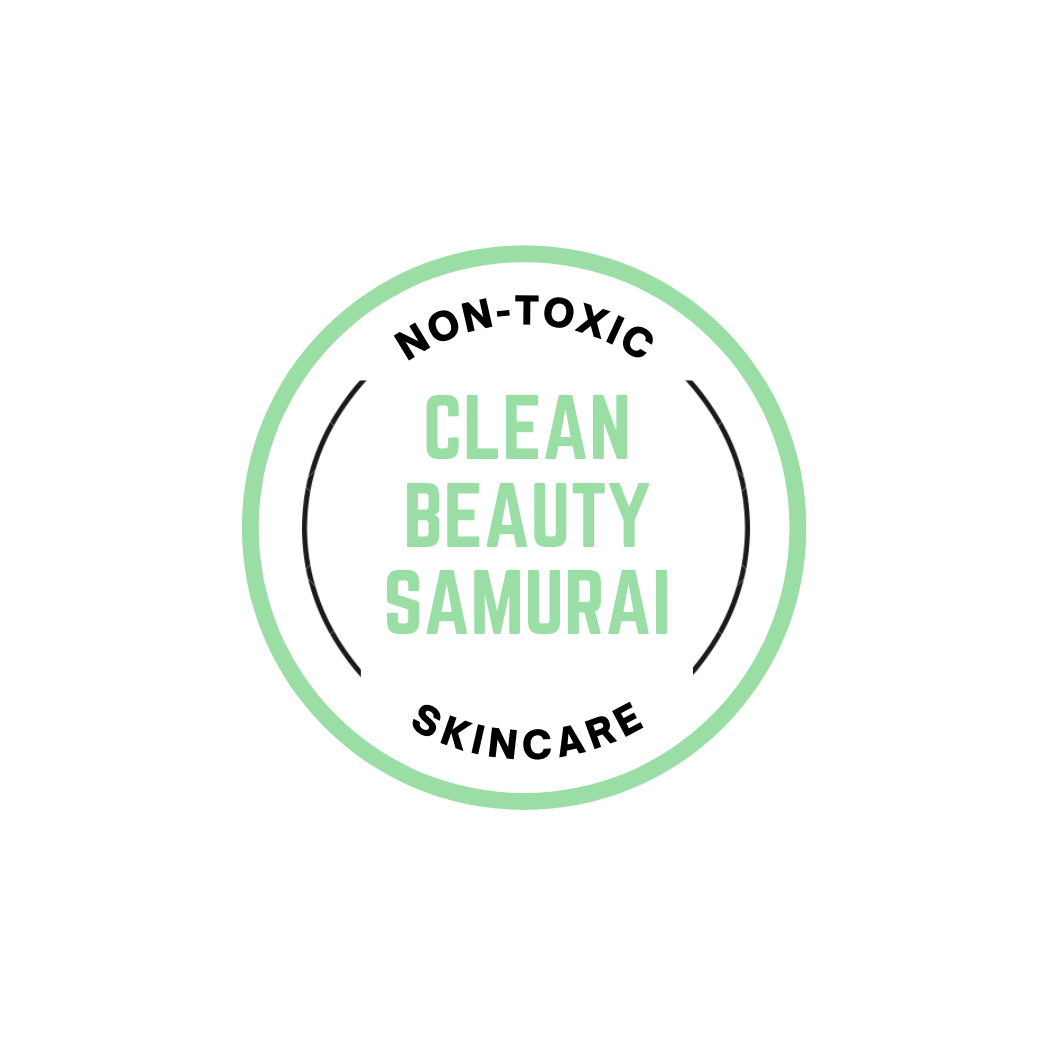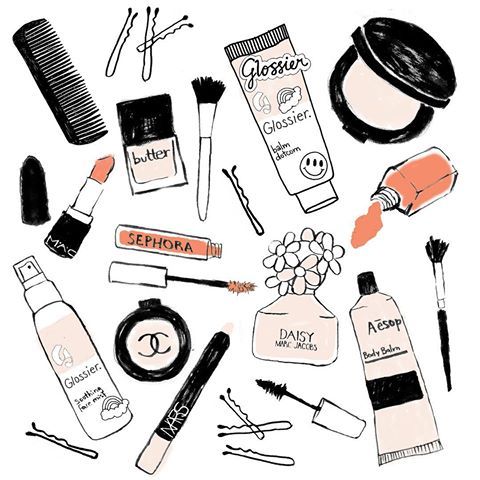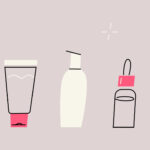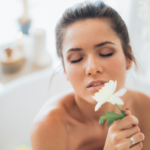Skincare products can differ in gazillion colors, designs, shapes, materials, etc. that makes it difficult for shoppers to navigate. However, there are things There are generally two types of information on a product label, first are those marketing claims that brands use to make the product more attractive to shoppers, and the other type of information is facts required to be on the label by law. Being able to distinguish between the two types of info allows us to safely shop online. By the end of this article, you should be able to pick-up any product and sort through the information presented on the product label.
Here is the general product information that is required by USA FDA law to be on every skincare product. Additional information may be required for specific products. Information that falls outside of these can be considered marketing content.
| On the front side of the product | On the backside of the product |
|---|---|
| Product Name Identity Warnings Net quantity of content | Use instructions Warnings Business information Product Ingredients |
Source: FDA Cosmetic Labeling Guide
Let’s take a look at Versed’s Gentle Cycle Milky Cleanser as an example:
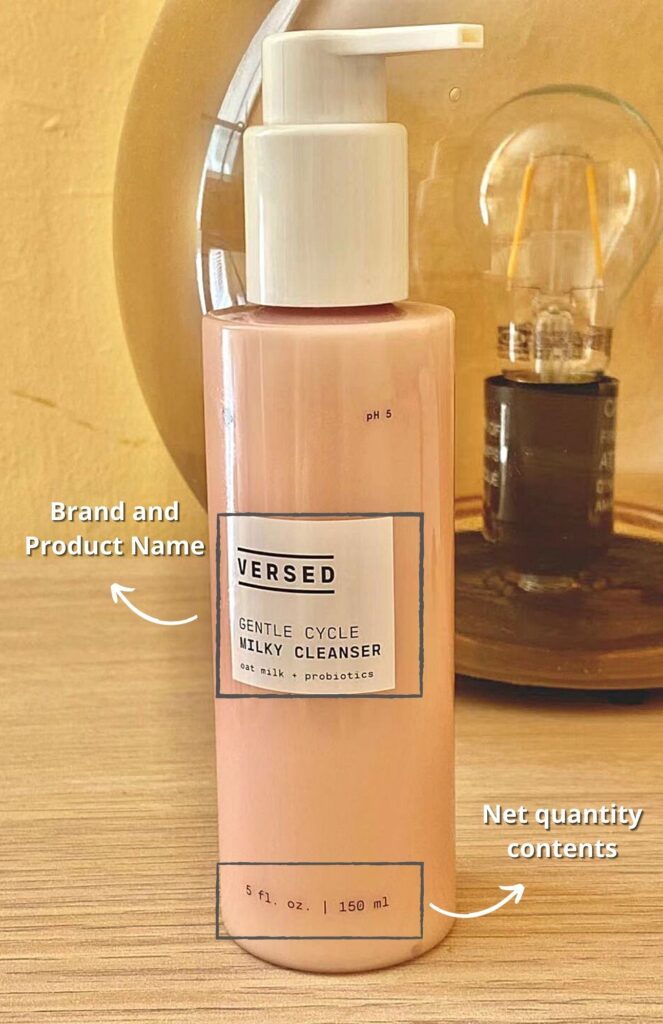
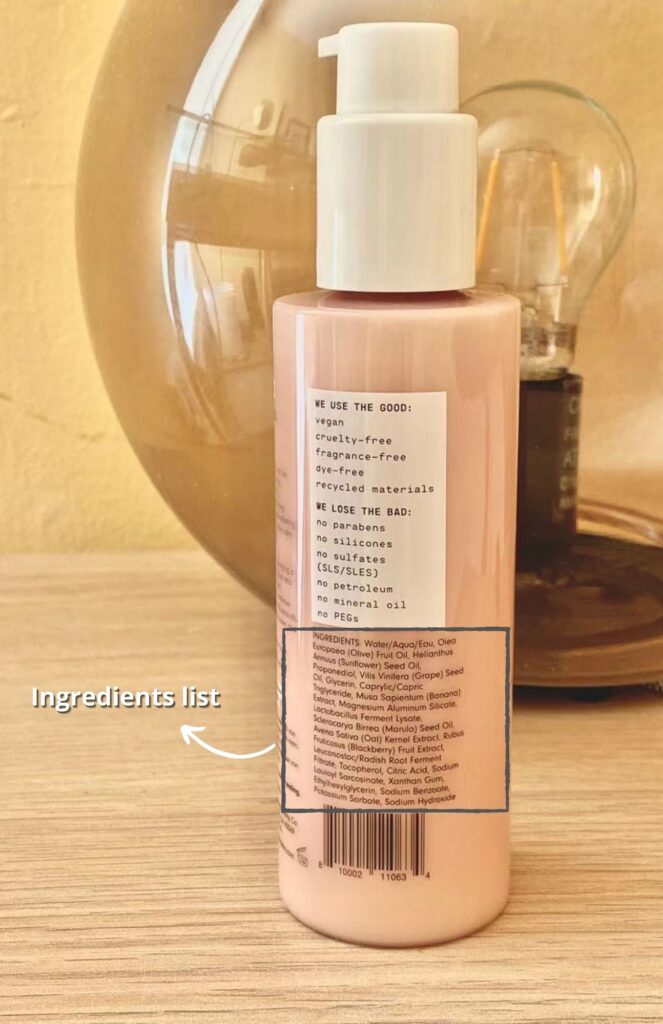
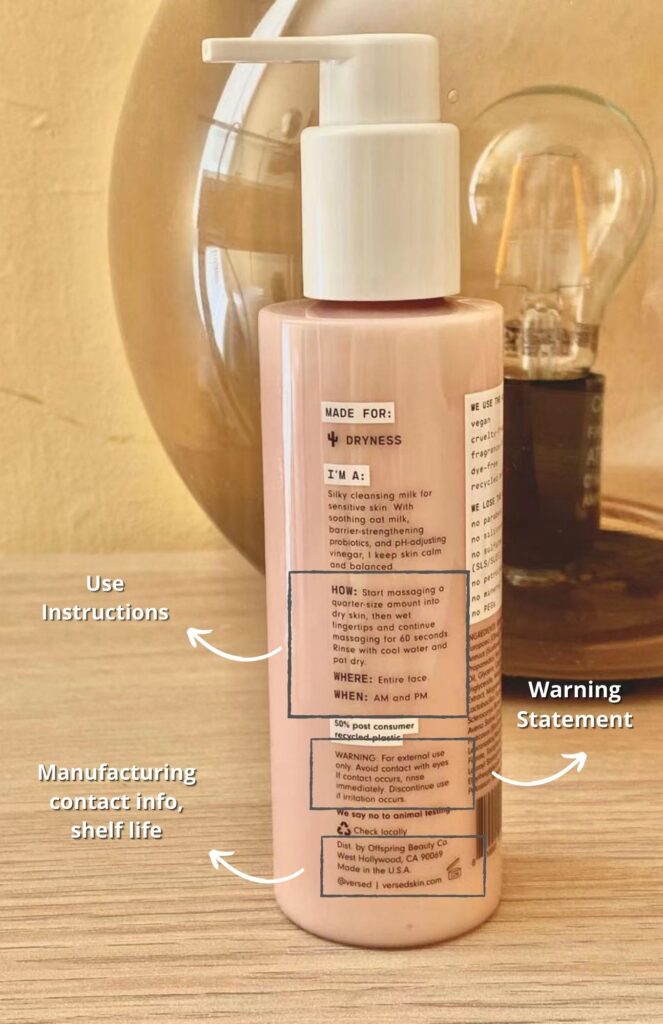
Product Name and Identity
Skincare brands can come up with their own product name for every single product. The identity of the product tells you what the product is. Common identities include a cleanser, serum, moisturizer, sunscreen, etc.
Warning Statements
This tells you the toxic implications of both the product container and its ingredients when applied to our bodies. Ingredients that are toxic when ingested as food can cause serious health problems, therefore on the label, there needs to be a warning for that. Certain products that are pressurized inside a container, such as sprayable sunscreen, can’t be sprayed into the eyes or mouth.
Net quantity of content
This must appear near the bottom of the front label. It tells you how much actual product is in the bottle. If you see an “e” symbol next to the quantity, it means the brand used a scientific process to fill and measure its product content.
In bare language, the “e” is a scientific symbol that means the amount of quantity you can actually find in the bottle is pretty much the same amount written on the package (ex: 30ml).
Use instructions
Here tells you how to safely use this product.
Business information
This contact can be the manufacturer, distributor, or packer of the product, and is not always the same as the brand name, depending on where the product was made.
Product Ingredients
By law, every product is required to disclose a list of all the ingredients, starting with the ingredient that has the most concentration. Since all the ingredients are chemicals, they are all listed under its chemical/scientific name, or its INCI name. INCI is the body organization that manages all these names, to ensure that all skincare ingredients have a consistent naming convention. So all the brands that use Aloe Vera juice, for example, have to list this ingredient as Aloe barbadensis Leaf Juice on the product label.
The Ingredient List
The ingredients list always starts with the ingredient that has the highest concentration to the least concentration. Even though the list does not include the exact percentage of each ingredient, there are ways to estimate that. First, a good rule of thumb to remember is that the top 5 to 7 ingredients on the list make up around 90% of the product.
For example, take a look at Indeed Labs exfoliator ii, which on the product description says that it contains “rice bran extract”. Now, take a look at its ingredient list, can you spot the ingredient?
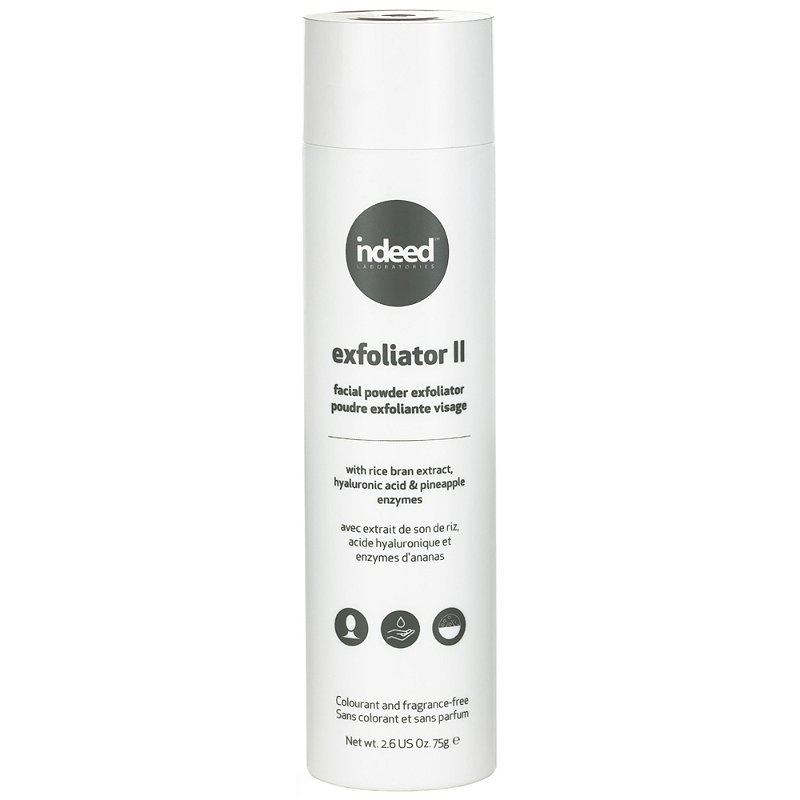
Sodium Myrisotyl Glutamate, Malic Acid, Sodium Carbonate, Peg-150, Zea Mays (Corn) Starch, Sorbitol, Sodium Lauroyl Glutamate, Sodium Polyacrylate, Phenoxyethanol, Sodium Dehydroacetate, Silica, Hydrolyzed Opuntia Ficus Indica Flower Extract, Dextrin Palmitate, Caprylic/Capric Triglyceride, Bromelain, Water (Aqua / Eau), Butylene Glycol, Sorbitan Trioleate, Sodium Hyaluronate, Glycerin, Oryza Sativa (Rice) Bran Extract, Linum Usitatissimum (Linseed) Seed Extract.
Ingredient List
Take your FREE Skincare Quizz here.
